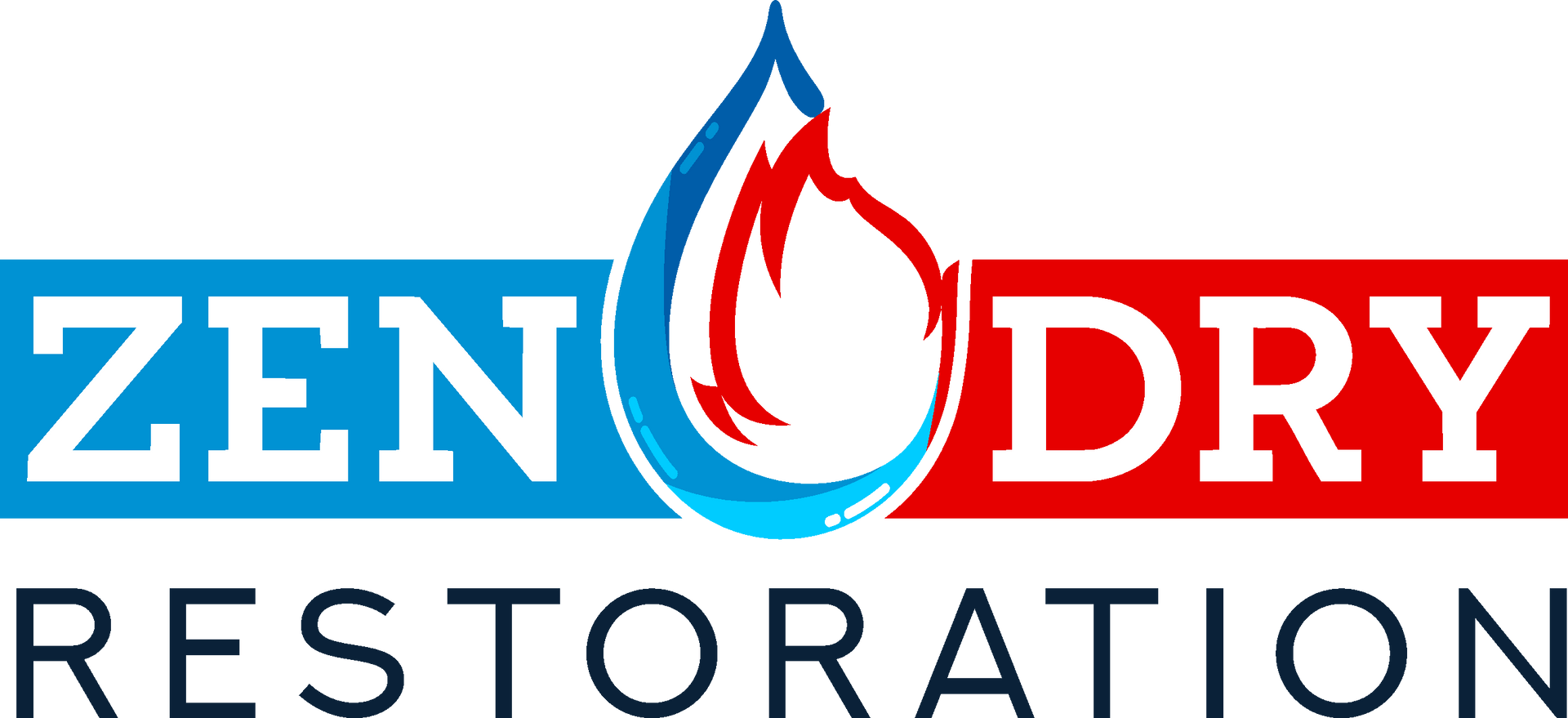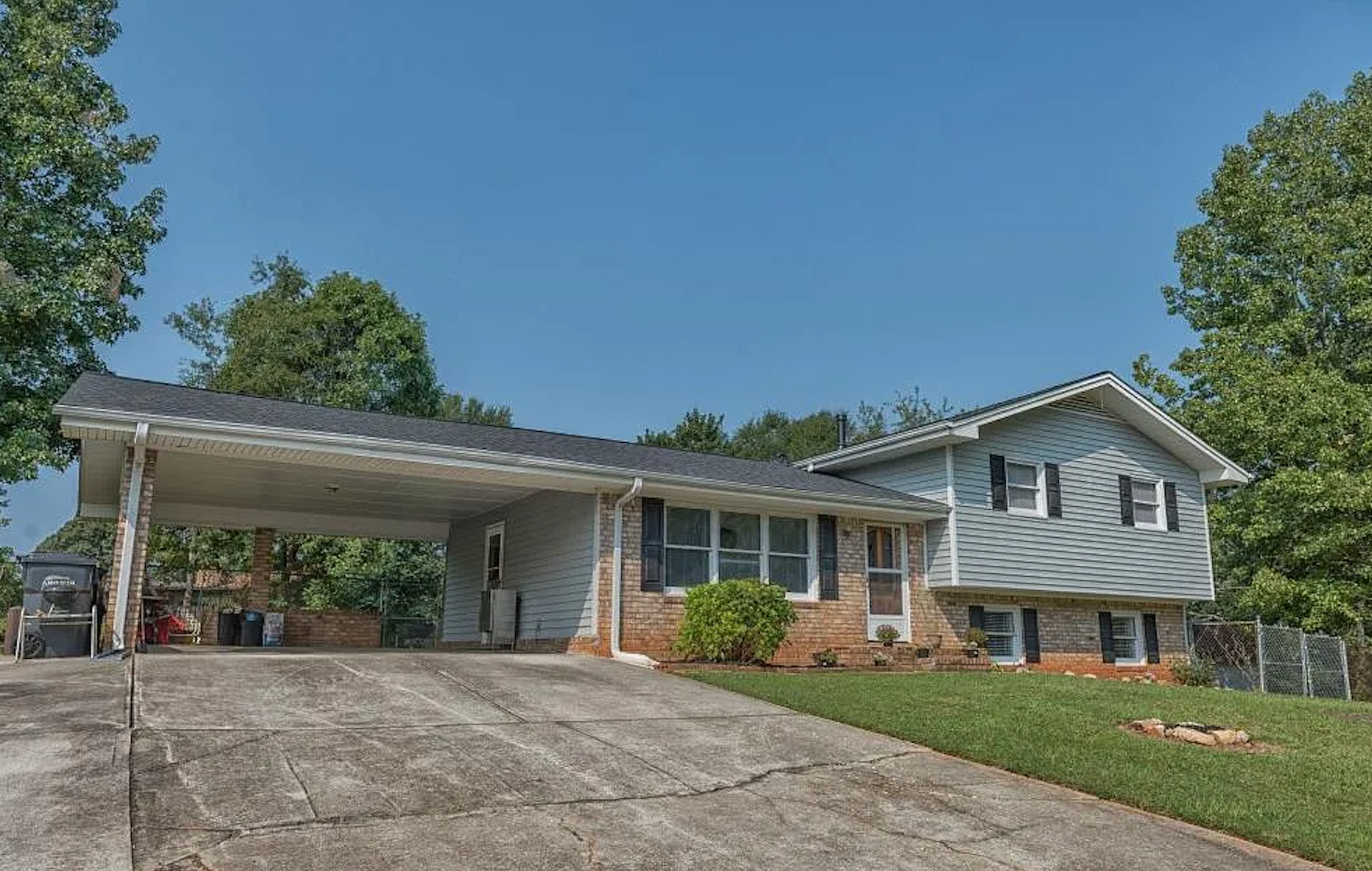Mold Remediation Process and How It Works?
If you have ever been unfortunate enough to have a home with mold, you know how dangerous and destructive it can be. Mold can grow virtually anywhere, which makes it all the more important to keep an eye on the condition of your house in general. It’s not always possible to avoid a situation where mold might appear.
However. If you do find mold growing somewhere in your house, there are certain measures that you need to take quickly and carefully. Depending on the type of mold that has appeared – and its location – there are several ways in which you can deal with this problem. This article will give you all the information you need in order to effectively deal with mold remediation processes and how they work.
Understanding Mold
Molds are types of fungi that grow in damp places like basements, bathrooms, and other dark, moist areas. They need moisture to grow and reproduce. Molds can be found anywhere - from the soil to the air we breathe, it is usually found in homes and other buildings with high humidity and poor ventilation.
There are many species of mold, but they all have some things in common: they need moisture to grow and reproduce, they produce spores that can cause illness when inhaled and they produce mycotoxins which can be harmful if consumed.
Molds can cause illness if inhaled or ingested. The most common symptoms of exposure to mold are nasal congestion, sore throat, wheezing, coughing, and eye irritation. Molds can also cause allergic reactions, asthma, and other respiratory illnesses. In most cases of mold exposure, the symptoms will be mild and go away on their own without treatment.
There are three types of mold: Allergenic molds (which produce mycotoxins), pathogenic molds, and toxic molds (which also produce mycotoxins). Allergenic molds can trigger asthma symptoms, while pathogenic molds can lead to infections like pneumonia or skin diseases like dermatitis or fungal pneumonia
Toxic molds produce mycotoxins that can lead to liver, kidney, and nervous system damage. The most common mold species in homes are aflatoxin-producing Aspergillus flavus and Aspergillus Niger. If you're concerned about whether or not your home is contaminated with mold, test the air using a commercial air sampling kit.
Understanding the Mold Remediation Process
Mold can be a serious health hazard and should not be ignored. The mold cleanup process is usually complex and requires the help of a professional.
Mold cleanup is a process that requires time, patience, and careful work. The remediation process for moldy homes depends on the type of mold found in the environment. In most cases, homeowners should hire professionals to clean up moldy homes as they may contain hazardous materials.
Mold can cause allergic reactions in some people, exacerbate asthma symptoms, irritate eyes and skin, and lead to chronic illnesses like sinusitis or bronchitis. If you have mold in your home, it is important to act quickly to get rid of it before it becomes a bigger problem.
The following are steps for mold remediation:
- Stop its growth by removing the water source.
- Clean up the moldy materials.
- Disinfect surfaces with bleach or a bleach-based cleaner.
- Seal off areas that cannot be cleaned.
Popcorn ceilings are especially susceptible to water damage because they are made of a paper-like material that can easily absorb water. If you have water stains on your ceilings you should call a professional to come and take a look.
Peeling paint
If you see peeling paint on your ceiling, it's a sign that your popcorn ceiling has been damaged by water. This can happen if there's a leak in your roof or if your home has been flooded. If you see peeling paint on your ceiling, it's important to have a professional inspect your ceiling and make repairs as soon as possible.
Ceiling cracks & Mold growth
If you have cracks in your ceiling, it's important to check for signs of water damage. If you see any mold or mildew, or if the ceiling is sagging or discolored, it's likely that you have water damage. If you suspect water damage, it's important to have it repaired as soon as possible to avoid further damage to your home.
Sagging ceiling
If you have a sagging ceiling, it is a sign that your popcorn ceiling has been damaged by water. Popcorn ceilings are made of a paper-like material that is glued to the ceiling. When water damage occurs, the glue can become loose and the paper can start to sag. If you see any signs of water damage on your ceiling, it is important to have it repaired as soon as possible to avoid further damage.
How to Repair a Popcorn Ceiling with Water Damage
If you’re wondering how to repair a water-damaged popcorn ceiling, here’s a how-to do it step by step.
Identify and fix the root cause of the damage
You shouldn’t start fixing your ceiling until you’ve fixed the root issue if you have water damage on your popcorn ceiling. Otherwise, you may find yourself with a bigger repair job on your hands. The most common causes of water damage to popcorn ceilings are leaks from the roof or from plumbing fixtures. If you have a leak, it's important to have it repaired by a professional. Check out Zen Dry a trusted company that has water damage remediation services, we can help you fix the issue and ensure a seamless process.
Assess and identify the severity of the damage
It is essential to assess and identify the severity of the damage. If the damage is severe, you may need to replace the entire ceiling. If the damage is minor, you may be able to repair it with a patch. You also need to take into consideration whether or not the ceiling was built before 1980 because if so it may contain poisoning Asbestos that needs to be dealt with first.
If it's a light stain with no damage then just let it dry completely then spray it with a mixture of water and bleach 1:3 and let it there for 15 minutes then remove it and turn on your heating or dehumidifier for fast drying.
This is the ideal choice if you have a small area that needs to be fixed but because it's a spray you need to cover the surrounding areas although it can easily be cleaned with a regular cleaning chemical.
- spray warm water to dampen the stained area so its easy to remove,
- use a knife to scrape the stains while holding a piece of cardboard underneath the stains,
- spray your primer on the drywall,
- hold your spray 15 inches away from your ceiling and use it,
- let your ceiling dry for 2 or 3 hours.
FAQ
- Does mold remediation work?
Yes. However, the effectiveness of this kind of treatment depends on a number of factors including how long the mold has been present, how much moisture is in the area, what kind of surface it's growing on, etc.
- Is mold remediation dangerous?
Mold remediation is not as dangerous as it may seem. It is just a process that removes mold from infected areas. Most mold remediation specialists wear protective clothing to prevent them from getting exposed to mold and other hazardous materials.
- How effective is a mold remediation?
The effectiveness of mold remediation depends on how quickly it is carried out, what kind of mold is present, and how much water damage has occurred. Mold remediation is effective if done correctly. Professionals will know what materials to use and how to remove mold from a surface or area. It is important to have proper ventilation when doing this, as well as to wear protective gear like gloves and masks.
If the water damage reached your drywall then you have severe water damage that needs a professional restoration company. filling in your drywall cracks or holes or trying to remove peeling drywall tape are just temporary solutions that are not enough to guarantee your safety and would lead to further damage to your home’s structure or for mold to spread everywhere.
Where to Find Mold Remediation Service in Marietta, GA?
If you've been affected by mold, finding a reputable and qualified mold remediation service is vital to help you clean up and restore your home.
Zen Dry is a trusted local company in Marietta, GA, that provides professional restoration services. We are certified by official government organizations and up-to-date on the latest training, so you can ensure that your home is in good hands.







